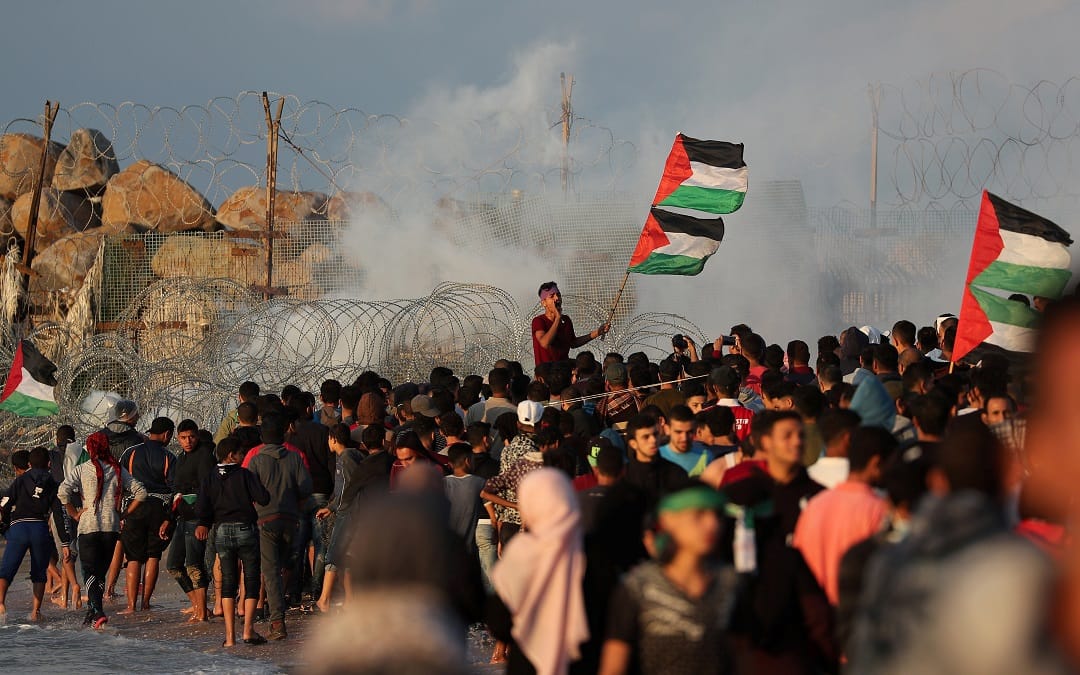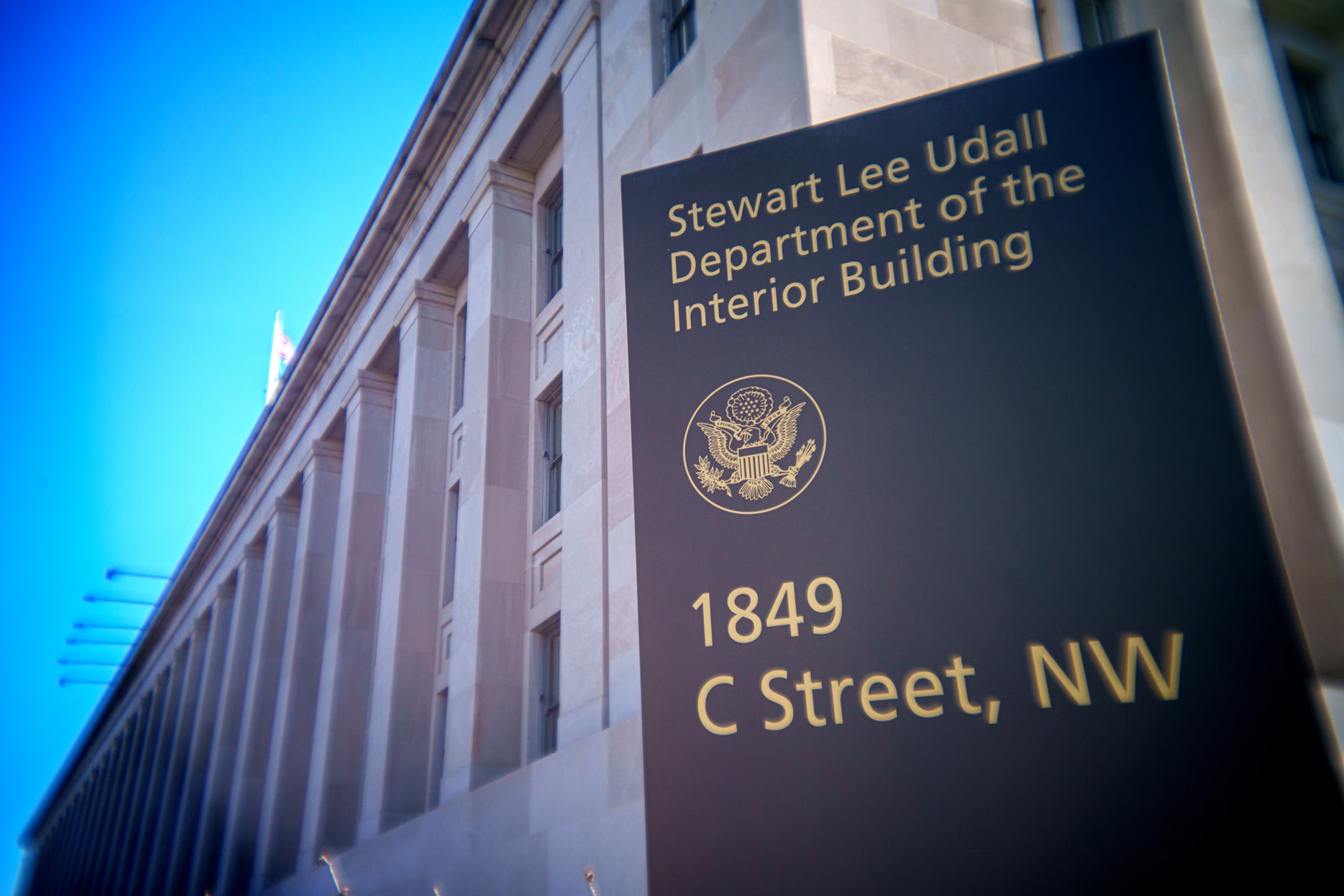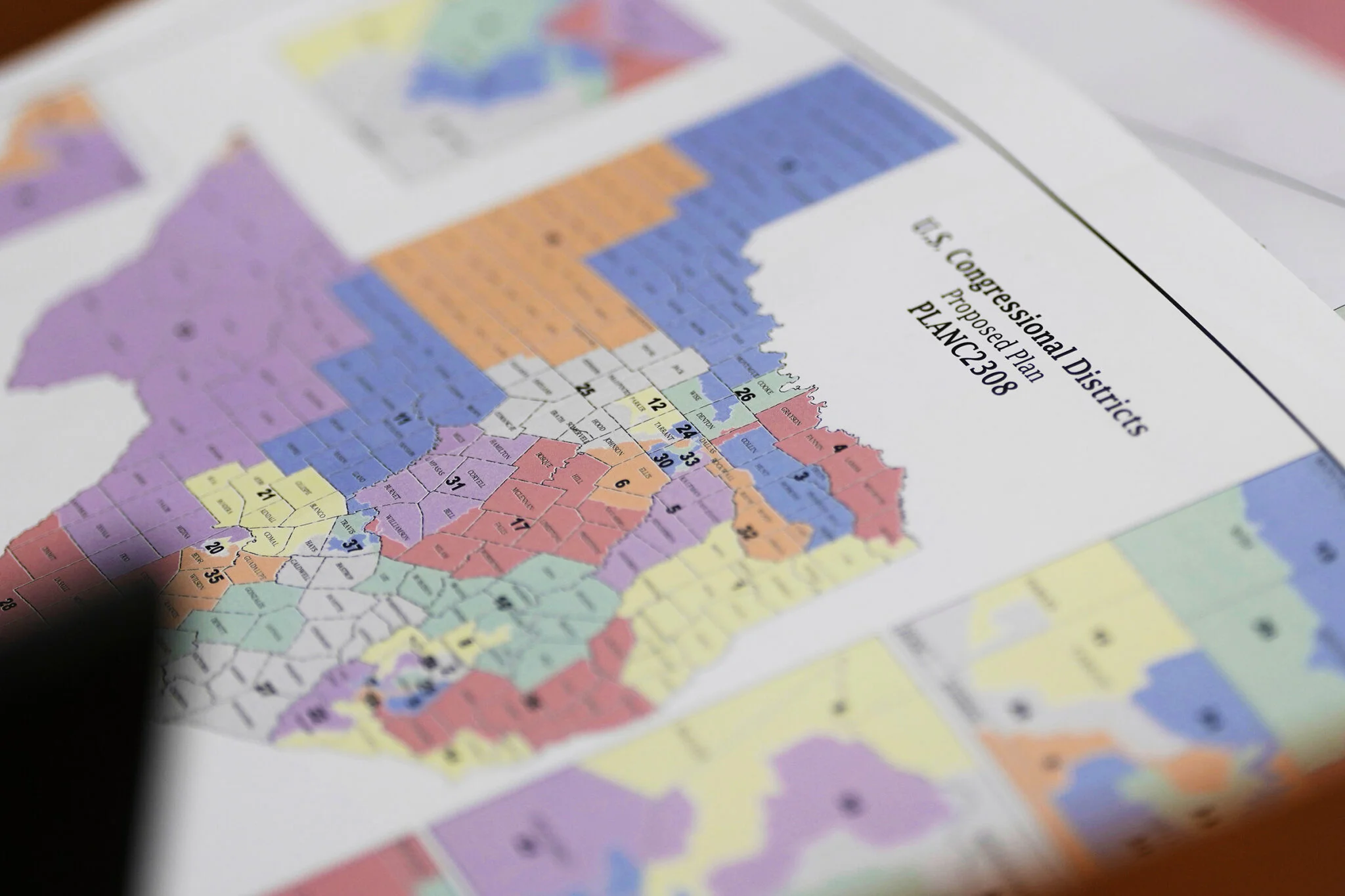After months of airstrikes and a severe humanitarian collapse, international mediators are stepping up efforts to contain the fighting between Israel and Hamas. Envoys from the United States, Egypt and Qatar are leading a new round of negotiations aimed at easing hostilities and expanding the flow of humanitarian aid across the Gaza Strip.
Momentum increased in late September when senior U.S. officials traveled to Israel and Egypt for meetings with local leaders. The renewed push comes as Gaza faces widespread destruction and deteriorating living conditions for civilians.
Diplomacy regains momentum
Reports from CNN, BBC and The Guardian indicate that the Trump administration has been supporting efforts to pause offensives and create steadier supply routes. Sources familiar with the discussions confirmed that meetings took place in Tel Aviv and Cairo with American, Egyptian and Israeli diplomats present.
Although no agreement has been reached, mediators describe gradual progress after weeks of deadlock. The discussions involve short humanitarian pauses to allow the entry of food, fuel and medicine, along with the release of hostages still held by Hamas.
At the same time, Israeli officials say limited operations are ongoing in northern Gaza to maintain control over security zones.
Washington’s involvement
Vice President J.D. Vance’s visits to Jerusalem and Cairo were confirmed by official sources and widely reported by international media. According to the White House, his mission focused on reducing violence and ensuring humanitarian access for civilians trapped in the conflict.
During the trip, Vance met with representatives from Egypt and Qatar to discuss possible monitoring systems and better coordination between mediating nations. The renewed U.S. presence reflects an effort to rebuild diplomatic influence in a region where local powers have taken the lead in negotiations.
Officials accompanying the delegation said Washington intends to keep communication channels open and prevent any further escalation.
Gaza’s humanitarian crisis
Reports from the United Nations and multiple aid agencies describe catastrophic conditions throughout Gaza. Large parts of the territory have been destroyed, with hospitals struggling to operate due to power cuts and critical shortages. Thousands of families remain displaced in temporary shelters.
The UN Office for the Coordination of Humanitarian Affairs states that restricted border access continues to limit the flow of aid and fuel. UN officials describe the current situation as alarming and stress the need for temporary pauses to allow humanitarians to work safely and deliver crucial supplies.
Despite occasional crossings from Egypt, relief convoys cover only a fraction of the population’s urgent needs.
The path ahead
The talks remain unresolved. Diplomats in Cairo and Doha describe the process as fragile and unpredictable. The central challenge is persuading both Israel and Hamas to take parallel steps to de-escalate while guaranteeing access for aid.
Negotiators are currently focused on achieving short, verifiable pauses monitored by international observers. There is still no timeline for a comprehensive ceasefire.
Mediators emphasize that preventing further humanitarian deterioration is the immediate priority. Sustaining cooperation among the parties could create the conditions for broader discussions on reconstruction and long-term stability.
Contact us today through our WhatsApp to discover how we can help you achieve success in the United States.
Sources: CNN Brasil | JPOST | CNN Brasil | BBC | The Guardian



